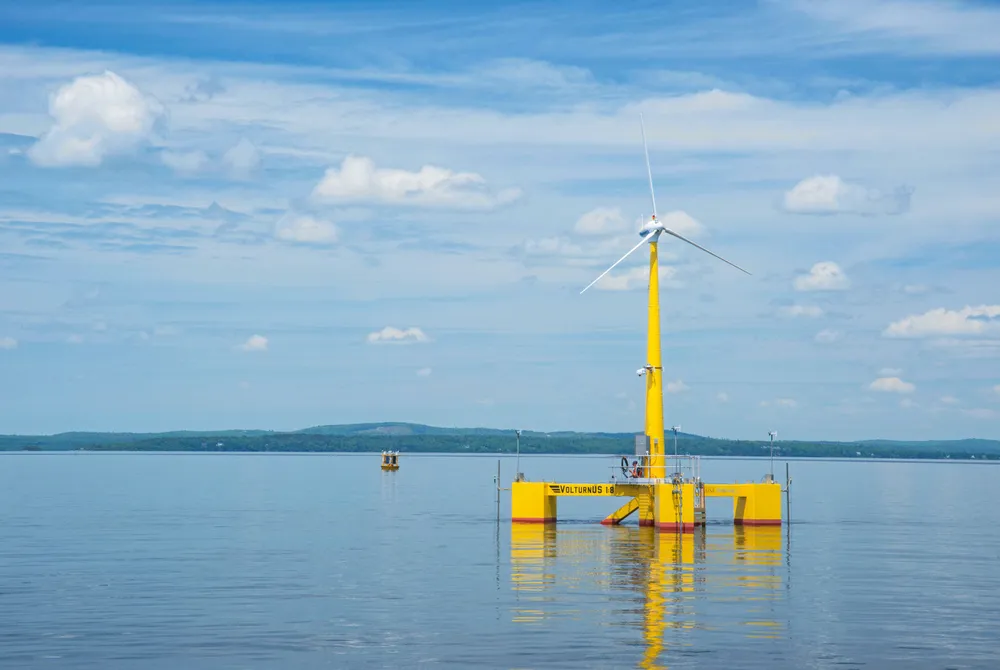Pioneering Mitsubishi floating wind array looks to blaze trail in US
Ten-turbine, 144MW pilot under joint development with state looks to establish serial production and attract a sector supply chain

Diamond Offshore Wind (DOW)’s 10-turbine, 144MW floating wind research array under development with Maine in deep federal waters aims to leverage its relatively large scale as a pilot to jumpstart commercial development, according to CEO Chris Wisseman.
We want to “get to the point where we are starting to mimic serial production, discover all of the lessons learned that you can build on,” he added.
The project is under joint development by DOW, owned by Japanese giant Mitsubishi, and the state, with UMaine as technology partner.
The 13GW auction is the largest ever for the offshore wind sector and reflects President Joe Biden’s floating wind ambitions. His administration last year set a target of 15GW by 2035 while driving costs down 70%.
Some 60% of US feasible offshore wind capacity will require floating platforms, and the sector’s pipeline has grown to 25GW, with more than 7GW of capacity already under development off California and another auction of acreage holding over 3GW set for Oregon 15 October.
MeRA aims “to drive the cost down, and then to attract the supply chain to the state,” Wisseman said, likening MeRA to “cutting the path through the jungle."
He added: "It might be a narrow path because we're doing with one type of foundation, one type of turbine. We're using, probably a smaller version of the port. But once you have a path, then what you've got is a base case for all the future commercial scale projects to go down, rather than each of them creating their own methodology. And so that is absolutely key, in my view, to bringing in the cost reductions.”
VolturnUS hull
The project will deploy UMaine’s patented VolturnUS concrete hulls instead of more common steel-based floating foundations.
“The Northeast does not have a steel industry of any scale,” said Wisseman. “What the university concrete foundation brings is the ability to essentially build it locally” and in serial production.
MeRA is “really fostering the migration from that custom construction, that one-off, into something resembling manufacturing. That's the Holy Grail.”
Commercial scale projects that follow “can start building upon that and make it make them essentially more efficient,” he added.
Development of the array is dependent on construction of a floating wind terminal at greenfield site Searsport, about 100 miles northeast of Portland, the largest city in Maine.
No final decision has been made on Searsport, though, and other sites are being looked at as well.
With the lease now in hand, the project’s next steps are signing a power purchase agreement, expected next year.
Wisseman estimate actual construction of the array won’t begin until “the early 2030s”.
The Gulf of Maine WEA averages around 200m, a more reasonable depth than the 1km seen on the Pacific, but it will also face fierce opposition from fisheries that see the industry as an existential threat.